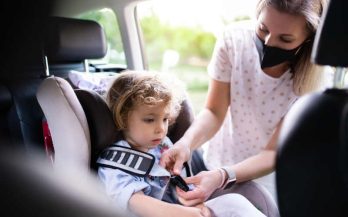Whether you have an anxious or bored child, keeping them occupied while at the pediatrician can help the appointment go smoothly. Luckily, there are several ways to keep children from getting fussy or restless while in the waiting room. Use the following ideas to keep your children occupied at the pediatrician’s office.
Stimulation
What better way to keep your children occupied than with mental stimulation? You can provide an activity book with mazes, word searches, brain-teasers, or Sudoku puzzles, or you can bring a wooden puzzle, Rubik’s Cube, shape sorter, or sensory toys to the appointment. The stimulation you provide depends on your children’s ages, but these activities keep them occupied while improving their focus and problem-solving skills.
Reading
You can also allow your children to read while in the waiting room. Most waiting rooms provide books and magazines for children, but you can also bring reading material from home. If your children are still learning to read, use this time to help them brush up on their reading skills.
Toys
It never hurts to bring a few small toys to keep them occupied as they wait for their appointment. A stuffed animal or action figure may be enough to keep them busy, or you can bring travel games such as magnetic Tic-Tac-Toe and handheld Simon. It is best to choose a toy or game that does not encourage loud noise.
Screen Time
Another idea is to provide a little screen time with a tablet or handheld video game. Then, your child can focus on their favorite show or game while they wait for their pediatrician. They may even be excited to tell their pediatrician about the show or game. Of course, you also want to provide headphones to keep from disturbing other patients.
Chatting
There is nothing like chatting with your children as you wait for their appointment. You may want to tell jokes, riddles, or stories to keep them laughing, or you can use this time to discuss the week, upcoming events, or fond memories. Chatting with your children keeps them occupied while giving you a chance to bond.
Whether you are telling jokes or providing screen time, remember to use your indoor voice or headphones as needed. You may be sharing the waiting room with other families.
When you are ready to schedule an appointment for your child, consider Kids 1st Pediatrics. You can schedule an appointment at kids1stpediatrics.net




